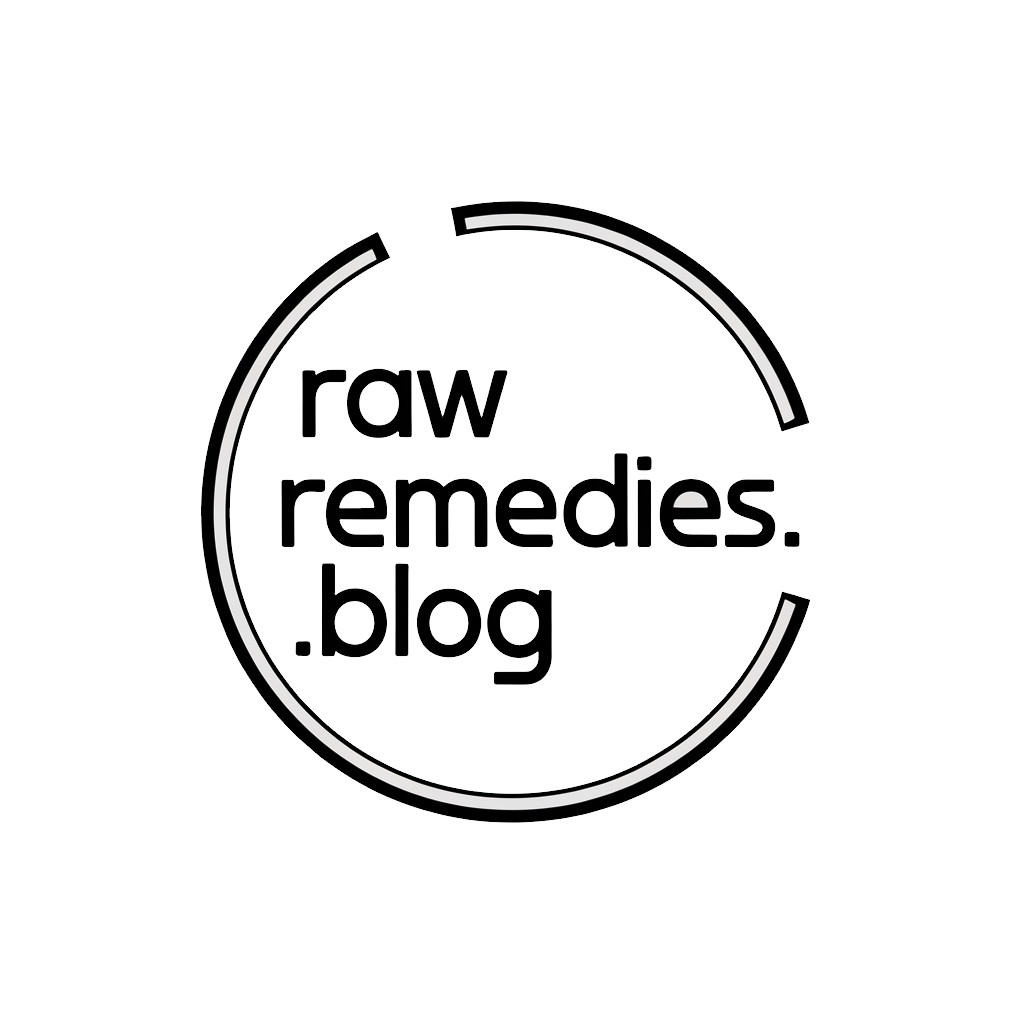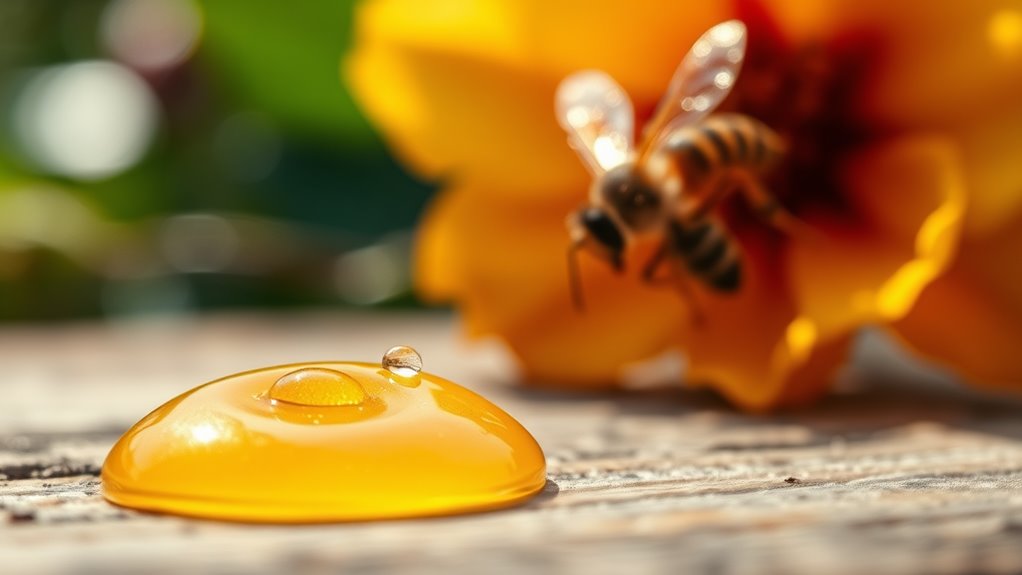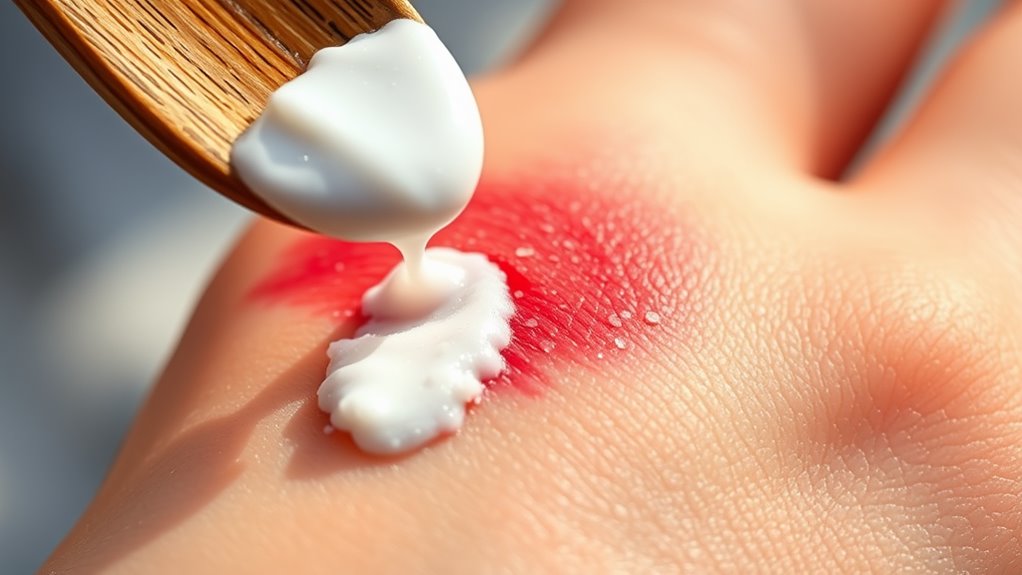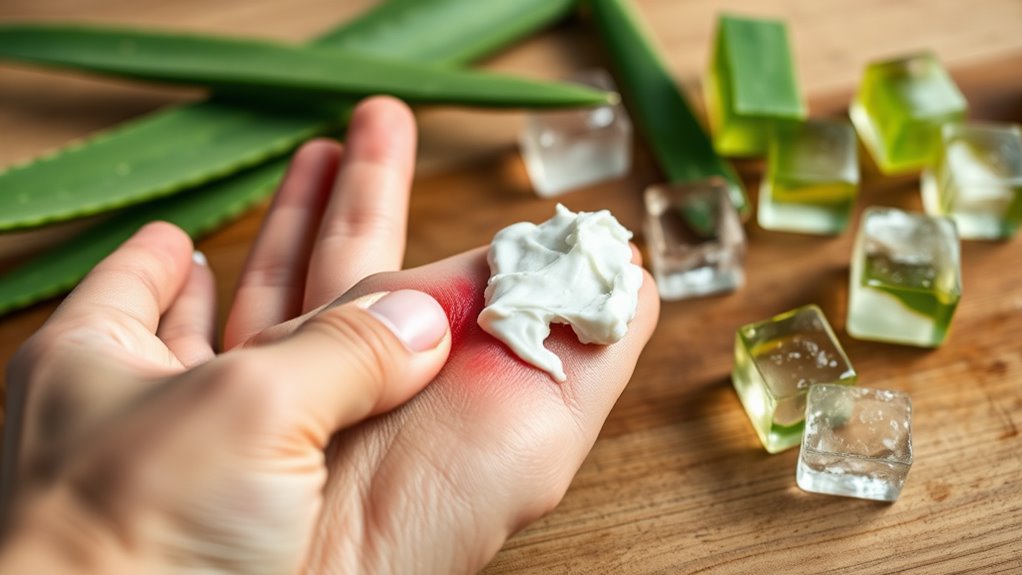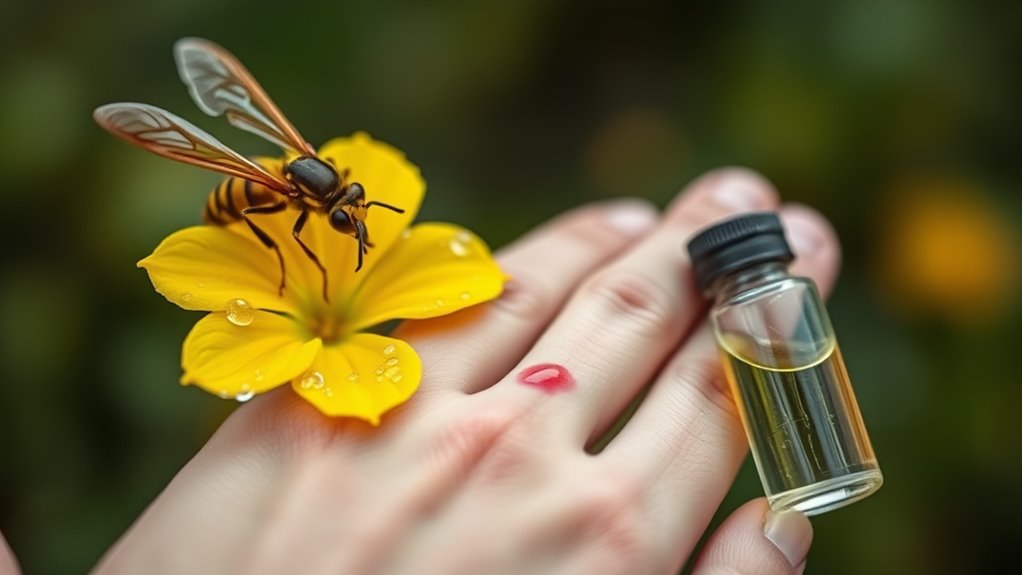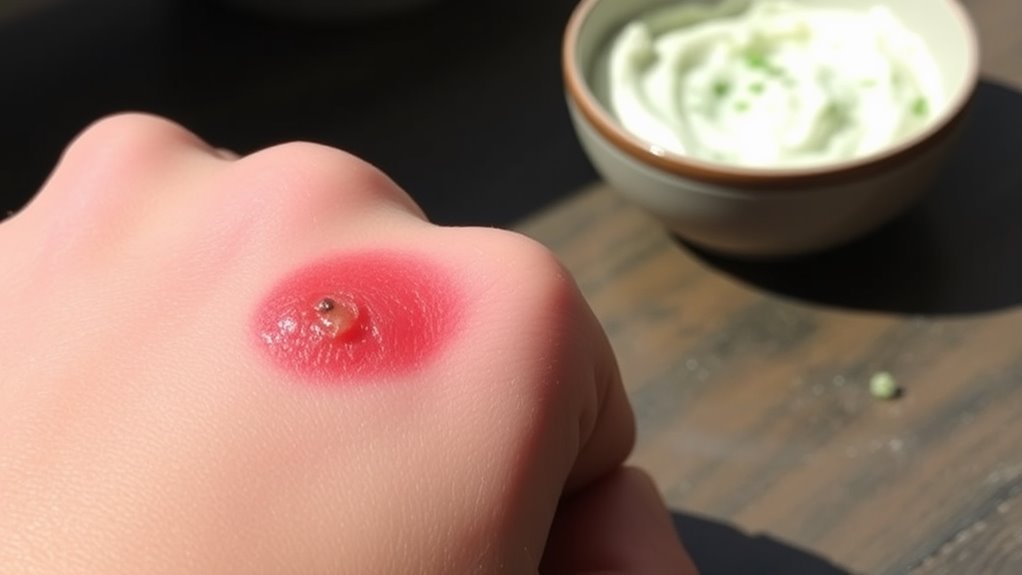Wasp Sting. This Common Kitchen Ingredient Soothes the Pain Fast!
If you’ve ever been stung by a wasp, you know how quickly pain and swelling can set in. Fortunately, relief might be closer than you think—right in your kitchen. Baking soda, a common household item, can help neutralize the sting’s acidity and ease discomfort. Curious about how this simple remedy works and the best way to apply it? Let’s explore the details that could make your next wasp sting experience much more manageable.
Understanding Wasp Stings and Their Symptoms
When you’ve been stung by a wasp, understanding what to expect can help you manage the situation better. You might feel a sharp pain immediately, followed by swelling and redness around the sting site. It’s essential to recognize these symptoms quickly.
In some cases, you may experience itching or a rash, which can be uncomfortable. Knowing the fastest way to treat a wasp sting is vital for your comfort. First, remove the stinger if it’s still there, then clean the area with soap and water.
Applying a cold compress can reduce swelling and numb the pain. Additionally, creating a homemade paste using common household ingredients can provide effective relief from the sting. Stay calm and monitor for any severe allergic reactions. Connecting with others who’ve experienced similar stings can also provide comfort and reassurance during this uncomfortable time.
The Benefits of Baking Soda for Pain Relief
Baking soda, a common household item, can be surprisingly effective for pain relief after a wasp sting.
It’s not just another ingredient in your pantry; it’s a tool you can use to soothe discomfort and feel more at ease in moments of irritation.
Here are four key benefits of using baking soda for pain relief:
-
Alkaline Properties: It neutralizes acidity, helping to reduce pain from the sting.
-
Anti-Inflammatory Effects: It can minimize swelling and redness, making you feel more comfortable.
-
Gentle on Skin: It’s safe for most skin types, so you can use it without worry.
-
Affordable and Accessible: You likely already have it at home, making it an easy go-to solution. Additionally, baking soda can be combined with apple cider vinegar for enhanced relief, as its alkaline nature complements the vinegar’s acidic properties.
With baking soda, you’re never alone in your pain relief journey.
Step-by-Step Guide: How to Use Baking Soda on Wasp Stings
To effectively relieve pain from a wasp sting using baking soda, you’ll want to follow a simple, step-by-step approach.
First, gather your materials: baking soda, water, and a small bowl. Mix two tablespoons of baking soda with just enough water to create a paste.
Once you have your paste, gently apply it directly onto the sting site. This will help neutralize the venom and soothe the pain.
Leave the paste on for about 15-20 minutes. Afterward, rinse it off with cool water. Additionally, baking soda is known for its ability to alleviate itching and swelling, making it an excellent home remedy.
If you notice any irritation or discomfort, don’t hesitate to reach out to someone for support. You’re not alone in this; we all want to find relief and enjoy our time outdoors again!
Additional Home Remedies for Wasp Sting Relief
If baking soda paste isn’t quite your style, there are plenty of other home remedies that can help alleviate the pain from a wasp sting.
You’re not alone in looking for quick relief, and these options might just do the trick:
-
Cold Compress: Apply a cold pack or ice wrapped in a cloth to reduce swelling and numb the pain.
-
Honey: Dab a bit of honey on the sting; its natural properties can soothe and promote healing.
-
Apple Cider Vinegar: Soak a cotton ball in apple cider vinegar and press it against the sting to neutralize the venom.
-
Aloe Vera: Use fresh aloe vera gel for its cooling and anti-inflammatory effects.
Try these remedies and find what works best for you!
When to Seek Medical Attention
Although most wasp stings can be managed at home, there are times when seeking medical attention is crucial.
If you experience severe pain, swelling that spreads beyond the sting site, or difficulty breathing, don’t hesitate to call for help. These symptoms can indicate a serious allergic reaction, which requires immediate medical intervention.
Additionally, if you notice signs of infection, like increased redness, warmth, or pus, it’s important to consult a doctor.
Trust your instincts—if something feels off, it’s better to err on the side of caution. You’re not alone in this; many people face similar situations.
Preventing Future Wasp Stings
While you can’t completely eliminate the risk of wasp stings, there are effective strategies to reduce your chances of getting stung.
By taking a few simple precautions, you can enjoy the outdoors with confidence and peace of mind.
-
Avoid bright colors: Wear neutral-toned clothing to minimize attraction.
-
Keep food covered: Always store food in sealed containers when outside.
-
Seal entry points: Check your home for openings and seal them to keep wasps away.
-
Stay calm: If you encounter a wasp, remain still and avoid swatting; sudden movements can provoke them.
